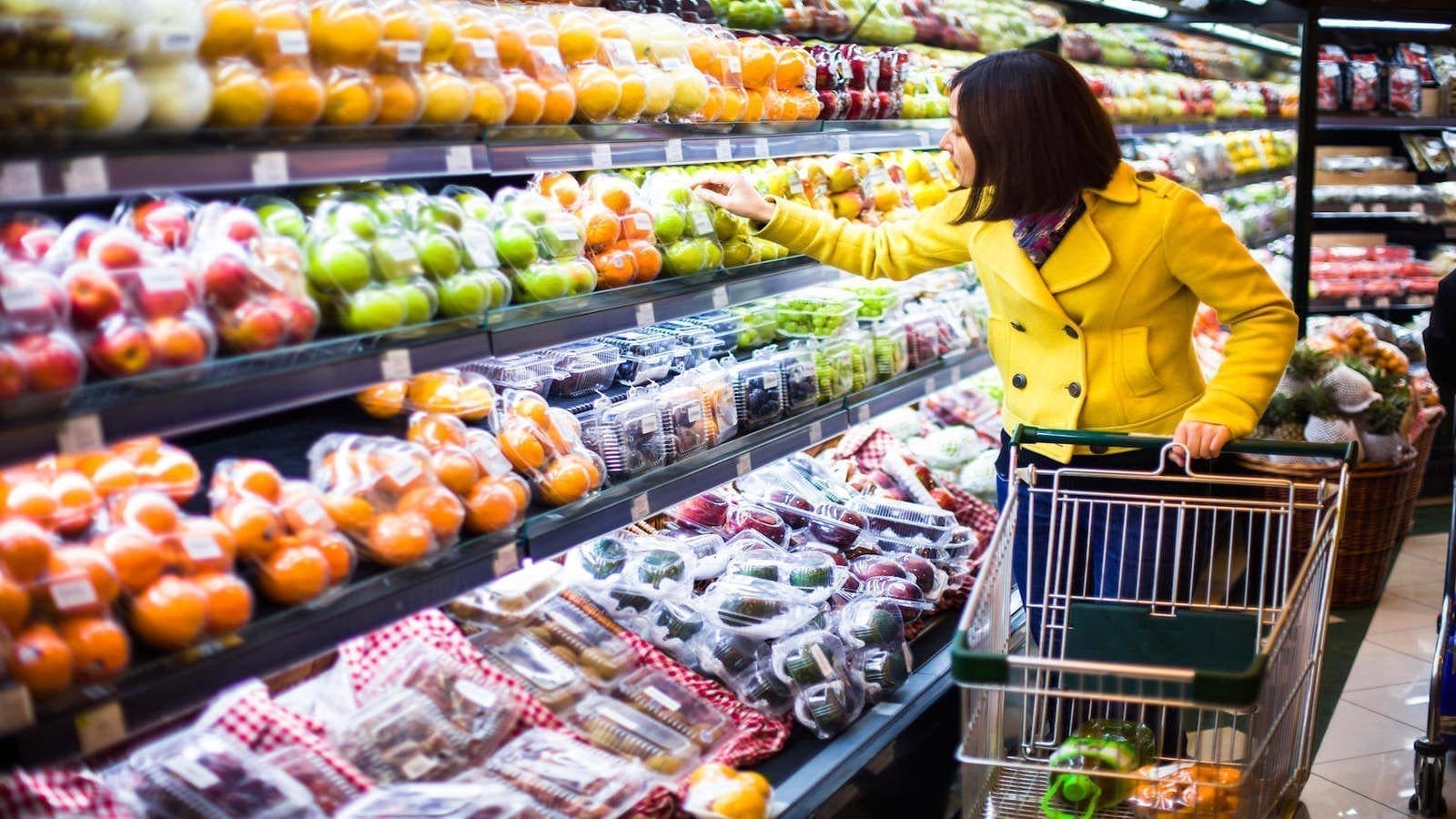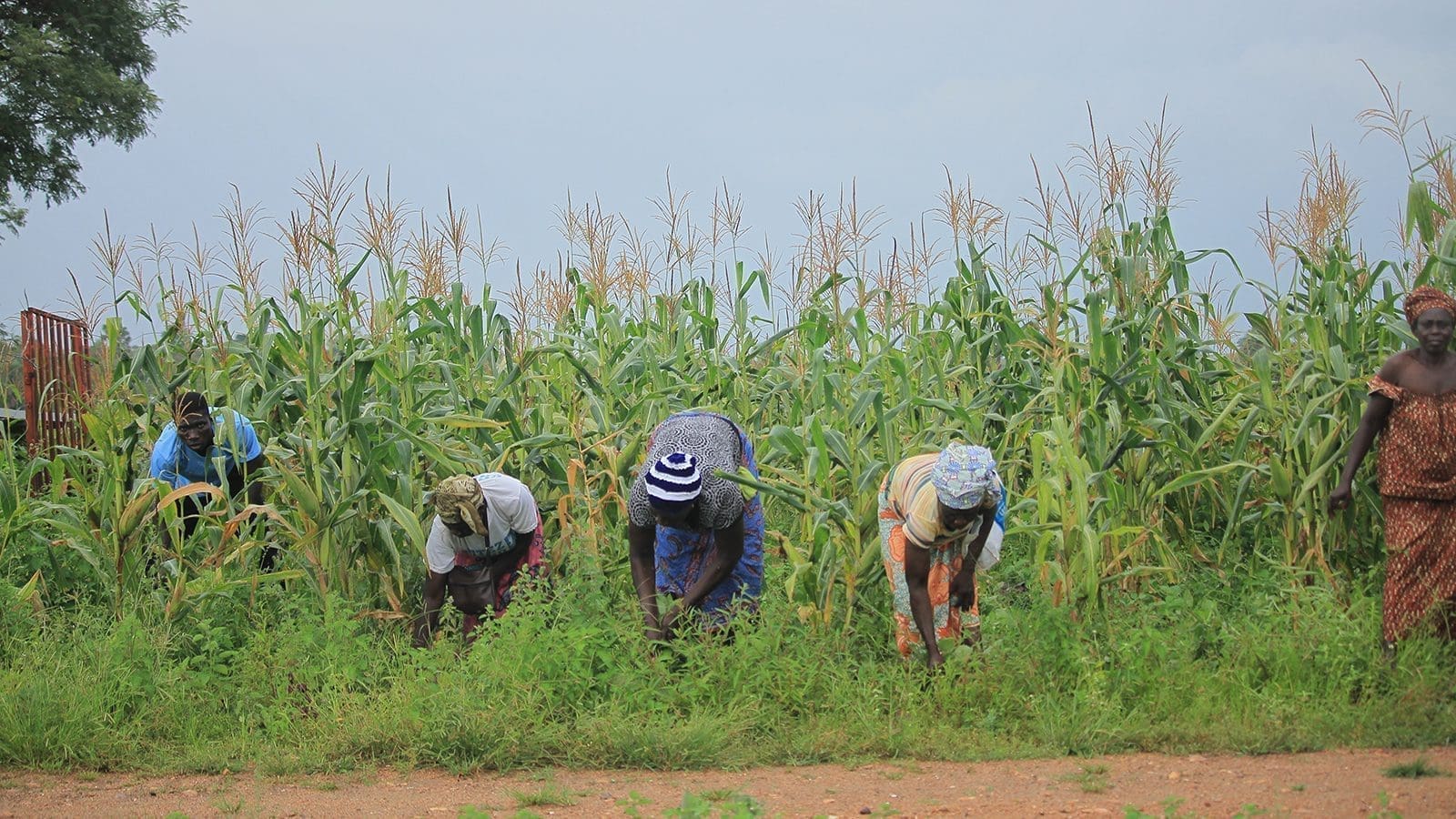SOUTH KOREA – Although South Korea has been able to manage the pandemic with only 2,158 cases 35 deaths per million people, the food industry landscape has however tremendously changed with consumers exhibiting new preferences that were not as popular before the pandemic.
According to a recently released report by the United States Department of Agriculture (USDA), online food sales which already growing before the pandemic jumped sharply in the first quarter of 2020 after the virus hit.
On an annual basis, USDA estimates that online food sales grew by 46 percent in 2020 to US$17 billion and are expected to remain strong after the pandemic.
Home Meal Replacements (HMR) become popular.
According to the USDA report, HMRs have become increasingly popular as people eat at home more and reduce trips to restaurants.
Average household spending on HMRs increased to U$S119 in 2020, up from US$97) in 2019 according to MAFRA.
The main reasons consumers reported choosing HMRs were convenience (20.3%), affordable prices (17.6%), good taste (16.4%), and saving time (15.4%).
As more people chose to eat at home, Korean restaurants suffered.
The USDA report estimates that Koreans ate out 7.5 percent less often in 2020 with 18% of respondents said they never ate out in 2020, up sharply from six percent in 2019.
Covid-19 restrictions in South Korea currently require restaurants to close at 9:00 p.m. and groups are limited to four or fewer people due to social distancing requirements.
This further hampers the ease of doing business for restaurants many of whom have suffered heavily from reduced sales.
With restrictions on bars and restaurants, South Koreans chose to drink at home during the pandemic. Wine was the alcohol of choice for home drinking in 2020, according to the report.
The demand for wine saw Korea’s wine imports increase 27 percent in 2020 to a record US$330 million.
Mid-priced U.S. wines were well placed to take advantage of this trend, and U.S. wine exports to Korea almost doubled in 2020 to US$41 million.
Functional Food Sales Surge
Functional food sales in Korea have also been growing 13 percent annually in recent years, totaling US$2.6 billion in 2019 according to the Ministry of Food and Drug Safety.
Sales of functional foods shot up during the pandemic as consumers looked for ways to strengthen their immune system.
According to the Korea Rural Economic Institute (KREI), sales of red ginseng increased by 263 percent in 2020, while sales of biotics increased 192 percent and vitamin D sales increased by 212 percent.
The United States was the biggest beneficiary of this trend as it accounts for 60 percent of Korea’s imports.
The new trends affected many businesses and the government of Korea has issues disaster relief funds three times and is currently considering a fourth payment to help businesses to adopt to the ongoing changes.
USDA staff are confident that some of the trends such as online food sales and home meal replacements are expected to stick even after the pandemic presenting new opportunities for businesses in this segment.
Liked this article? Subscribe to Food Business Africa News, our regular email newsletters with the latest news insights from Africa and the World’s food and agro industry. SUBSCRIBE HERE











